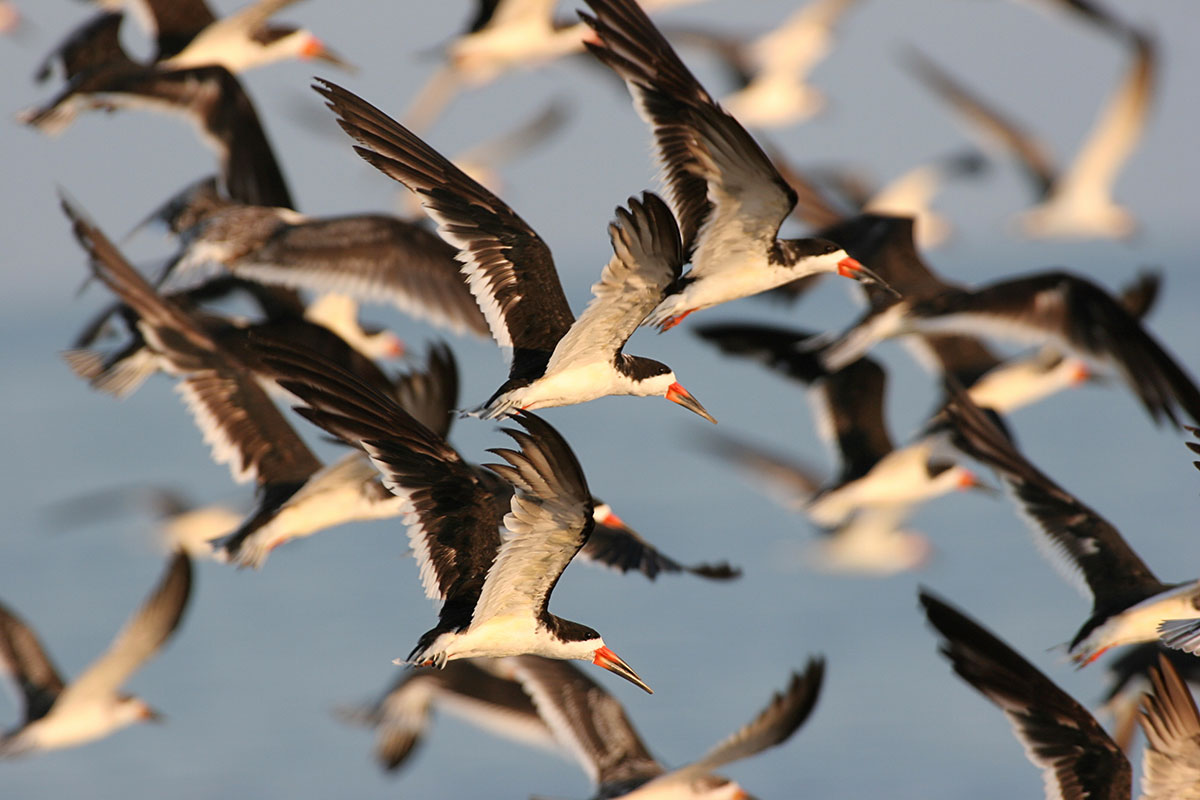The South Carolina Department of Natural Resources has been censusing nesting seabirds annually since the…

Evaluating long-term tern productivity trends on the Maine Coastal Island National Wildlife Refuge
USFWS, Maine Coastal Islands NWR, and National Audubon Society, Project Puffin, have been monitoring Common and Arctic tern productivity rates on 10 islands in the Gulf of Maine (GOM) since 1988. Data are available for three annual productivity metrics (productivity, mean clutch size and fledge success) although timelines vary by location and species, with an average of 21 years of data across all island-species combinations. There is growing concern that tern productivity is declining across the region due to changing environmental and ecological conditions. Rapid warming, shifts in the timing of seasonal transitions, and other environmental conditions have been documented for in Northeast coastal habitats, with a distinct intensification since the early 2000s. These changes have potential ramifications for the timing and availability of forage resources that nesting seabirds rely on during the summer breeding season. This project seeks to investigate if and how trends in productivity for two seabird species of high conservation concern, Common terns (Sterna hirundo) and Arctic terns (S. paradisaea), have changed over time, whether a regime shift in productivity has occurred, and to evaluate potential underlying mechanisms influencing especially poor or good productivity years.
Contacts: Michelle D. Staudinger, DOI Northeast Climate Science Center, mstaudinger@usgs.gov
Linda Welch, Maine Coastal Islands NWR Complex, Linda_Welch@fws.gov



